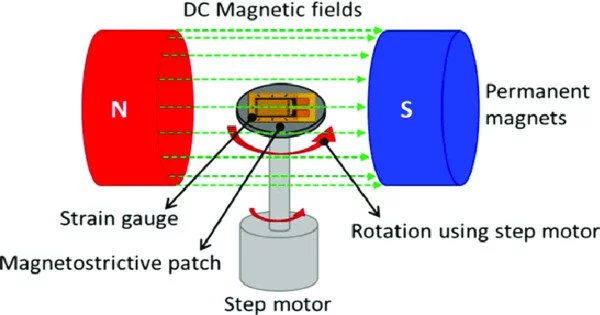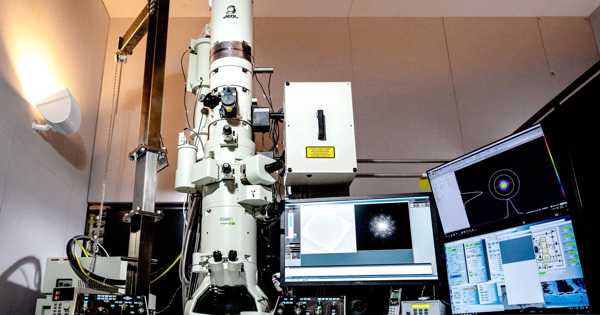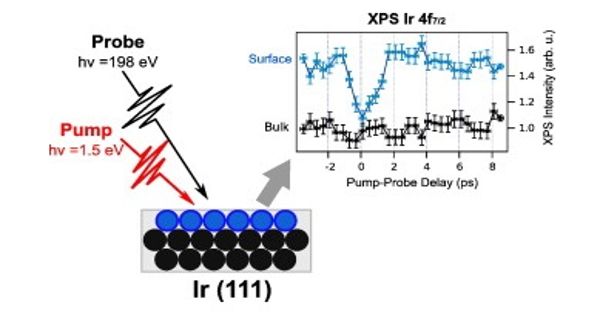Magnetostriction is a phenomenon in which a magnetic material undergoes a change in shape or size when it is placed in a magnetic field. When a magnetic material is magnetized, the magnetic moments of the atoms or ions within the material align themselves with the magnetic field. This alignment causes a change in the spacing and orientation of the atoms, which can cause the material to either contract or expand.
Magnetostriction (also known as electrostriction) is a property of magnetic materials that causes them to change shape or dimensions during the magnetization process. The variation in magnetization caused by the applied magnetic field changes the magnetostrictive strain until it reaches its saturation value, λ. When James Joule observed a sample of iron in 1842, he discovered the effect.
This phenomenon is due to the interaction between the magnetic and mechanical properties of the material. The change in shape or size of the material is proportional to the strength of the magnetic field and the magnetic properties of the material. Magnetostriction is commonly used in the construction of sensors and transducers, which can convert magnetic signals into mechanical signals or vice versa.
This effect causes energy loss in susceptible ferromagnetic cores due to frictional heating. The effect is also responsible for the low-pitched humming sound heard from transformers, where oscillating alternating current currents produce a changing magnetic field.
Magnetostriction can also have practical applications in the field of materials science. For example, it can be used to control the magnetic properties of a material by applying a mechanical strain. This approach, known as strain engineering, has the potential to enhance the performance of magnetic materials in a wide range of applications, including data storage, energy conversion, and sensing.
Magnetostrictive materials, which can convert magnetic energy into kinetic energy or vice versa, are used in the construction of actuators and sensors. The magnetostrictive coefficient, which can be positive or negative, can be used to quantify the property. It is defined as the fractional change in length as the magnetization of the material increases from zero to saturation. The effect is responsible for the well-known “electric hum” heard near transformers and other high-power electrical devices.
Magnetostriction is the change in dimensions caused by the state of magnetization. The term is used to describe two distinct phenomena. Magnetostriction is the change in length that occurs when a demagnetized polycrystalline sample is magnetized. Magnetostriction is the change in dimensions caused by the rotation of the saturation magnetization in a single crystal from one crystallographic direction to another.
















